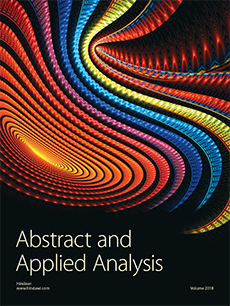Abstract
Different numerical methods have been implemented to simulate internal natural convection heat transfer and also to identify the most accurate and efficient one. A laterally heated square enclosure, filled with air, was studied. A FORTRAN code based on the lattice Boltzmann method (LBM) was developed for this purpose. The finite difference method was applied to discretize the LBM equations. Furthermore, for comparison purpose, the commercially available CFD package FLUENT, which uses finite volume Method (FVM), was also used to simulate the same problem. Different discretization schemes, being the first order upwind, second order upwind, power law, and QUICK, were used with the finite volume solver where the SIMPLE and SIMPLEC algorithms linked the velocity-pressure terms. The results were also compared with existing experimental and numerical data. It was observed that the finite volume method requires less CPU usage time and yields more accurate results compared to the LBM. It has been noted that the 1st order upwind/SIMPLEC combination converges comparatively quickly with a very high accuracy especially at the boundaries. Interestingly, all variants of FVM discretization/pressure-velocity linking methods lead to almost the same number of iterations to converge but higher-order schemes ask for longer iterations.
Citation
M. Goodarzi. M. R. Safaei. A. Karimipour. K. Hooman. M. Dahari. S. N. Kazi. E. Sadeghinezhad. "Comparison of the Finite Volume and Lattice Boltzmann Methods for Solving Natural Convection Heat Transfer Problems inside Cavities and Enclosures." Abstr. Appl. Anal. 2014 (SI36) 1 - 15, 2014. https://doi.org/10.1155/2014/762184





